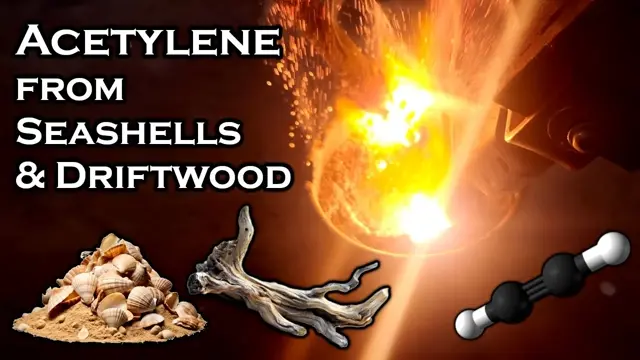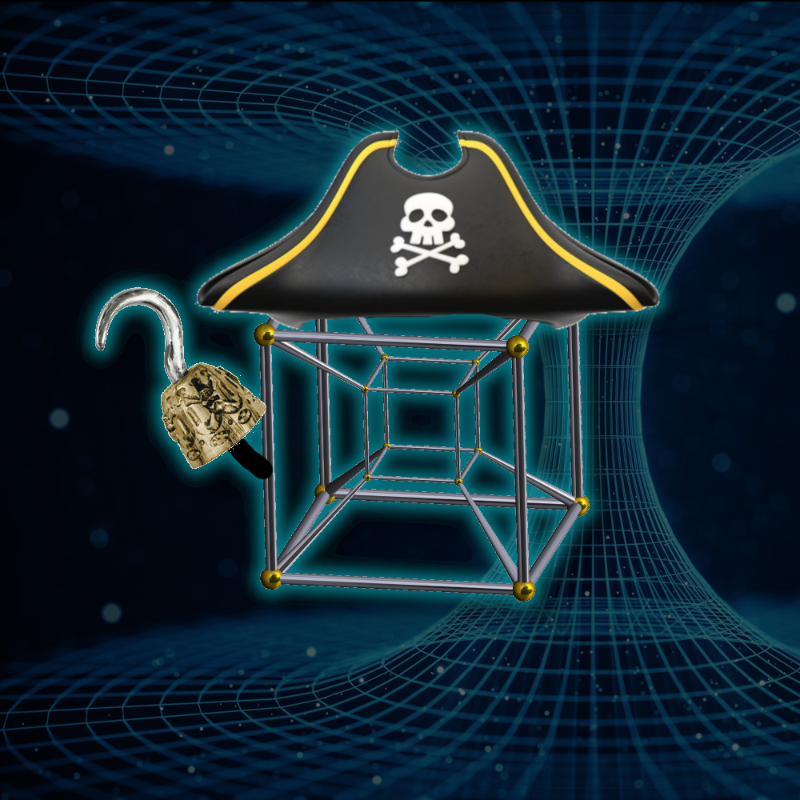2024-11-14
[public] 190K views, 10.9K likes, dislikes audio only
Head to https://squarespace.com/hyperspacepirate to save 10% off
your first purchase of a website or domain using code
HYPERSPACEPIRATE
In this video I'll show how to make Acetylene gas (C2H2) from
Seashells and Driftwood.
Acetylene gas is formed when Calcium Carbide (CaC2) comes into
contact with water. Calcium Carbide can be made by reacting
Calcium Oxide (CaO) with Carbon at temperatures in excess of
2,000C.
The Calcium Oxide is produced by thermal decomposition of
Calcium Carbonate (CaCO3), aka. Limestone. Seashells are mostly
made of Calcium Carbonate, so they're baked in a propane furnace
to produce the Calcium Oxide.
The Carbon in the reaction comes from Charcoal, which is made by
thermal decomposition of the driftwood. When wood is heated in
the absence of oxygen, it releases a whole soup of volatile
compounds including Methane, Carbon Monoxide, Carbon Dioxide,
various other hydrocarbons, Methanol Vapor, Water Vapor, and
also some tar and other goo. What's left behind is Charcoal,
which is almost entirely Carbon, but with trace amounts of
Potassium, Sodium, Sulfur, Phosphorous and a few other
compounds.
Once the Calcium Oxide and Carbon are produced, they're ground
up together in a blender to make sure they're mixed as well as
possible and have extremely small particle sizes to make the
reaction progress easier.
The temperature required for the reaction is too hot for an air
breathing flame, and I don't have an oxy-fuel system, so I used
an Electric Arc Furnace to heat the powder mixture. The arc was
supplied with 31VAC from a winding added to the transformer of a
110/220V converter box, which can handle up to 3 kW. Later, I
had to reduced the voltage to 15VAC after melting off the
windings.
There's no obvious visual indicator that Calcium Carbide has
been formed, but due to the impurities in the reagents, it has a
very prominent garlic-like smell that makes its presence
obvious.
Once the Carbide is formed, it can be added to water, and
Acetylene gas will bubble out. The gas can be collected in a
balloon or dissolved in Acetone, but it's unsafe to store it
under pressure because it becomes unstable over 3-4 atm.
If you have access to elemental Calcium, it's much easier to
make the Calcium Carbide, because it only requires mixing with
charcoal powder and heating in a test tube with a propane torch.

